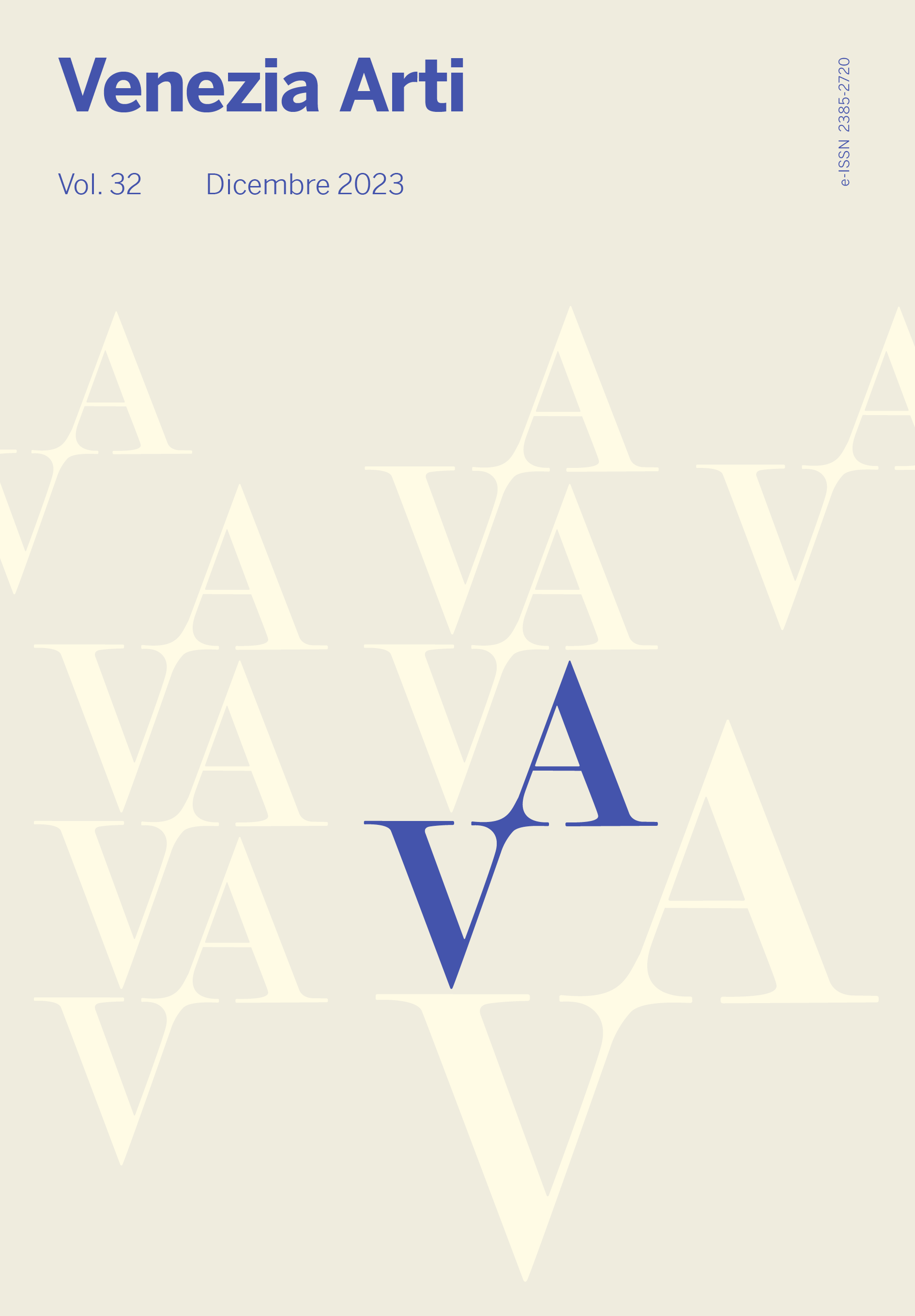
- search 75 views
- file_download 35 download
- keyboard_capslock metadata
-
mark_email_readIscriviti alla newsletter
Mostruose metamorfosi: sull’ibridazione iconografica del basilisco
abstract
The paper aims to highlight the centrality of a late process of metamorphosis, which has unequivocally conditioned the image of the basilisk, radically transforming its appearance from a simple snake to a monster with the body of a rooster and a snake’s tail. The basilisk described in the classical sources corresponded to a small snake but was characterized by an extraordinary poisonous power. With the passage to the Middle Ages and the influence of Christianity, the basilisk took on new monstrous meanings, transforming its iconography into a rooster-snake hybrid, based on theories that believed it was generated from a rooster’s egg. The Renaissance and Early Modern Age inherited the medieval basilisk, which continued to be prominently depicted in emblematic literature; in parallel, however, the new scientific literature began to exclude excessively legendary meanings, preferring to return to descriptions of the classical era and thus depict the basilisk as a snake.
Keywords: Monster • Snake • Rooster • Metamorphosis • Basilisk



